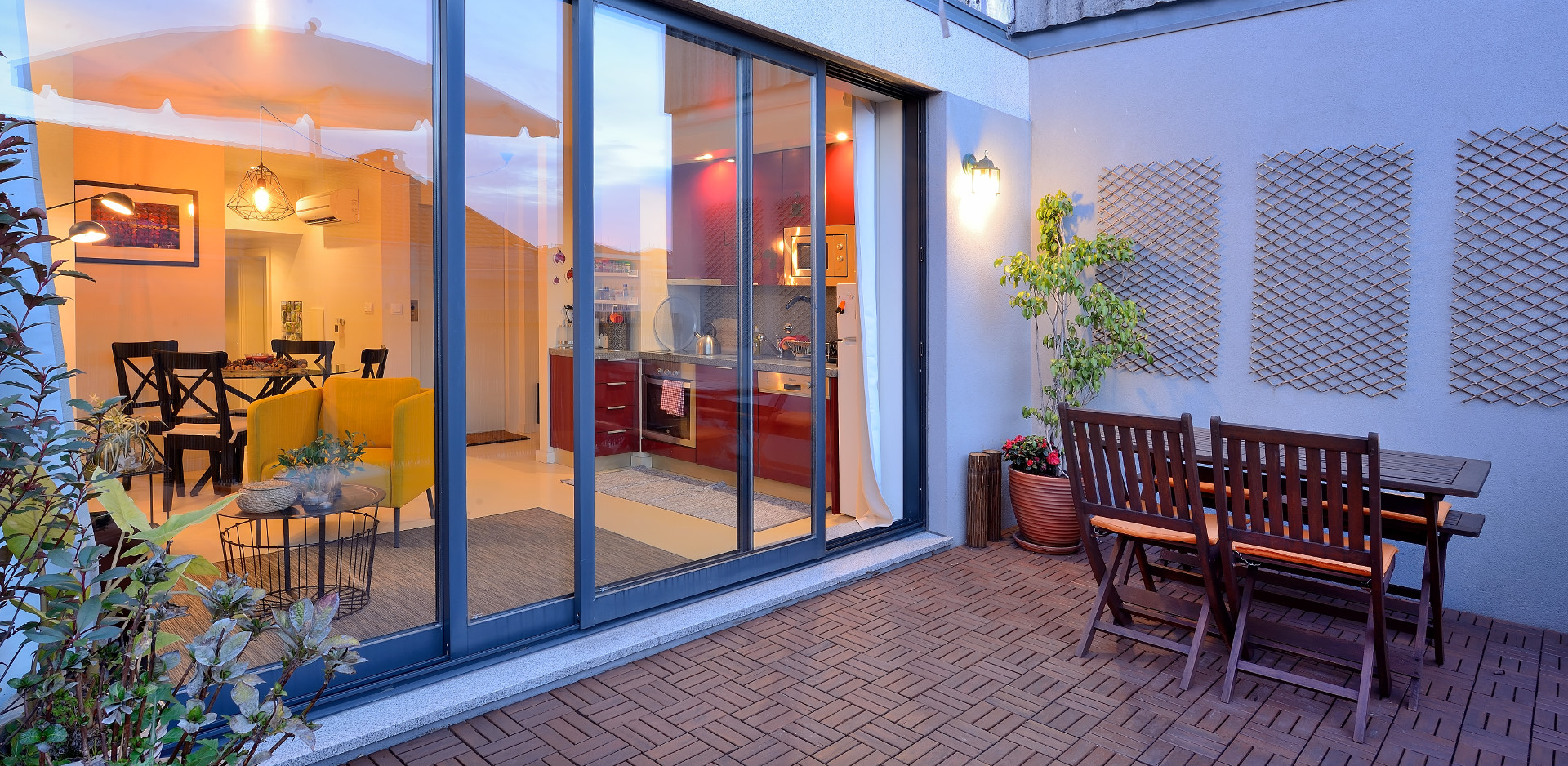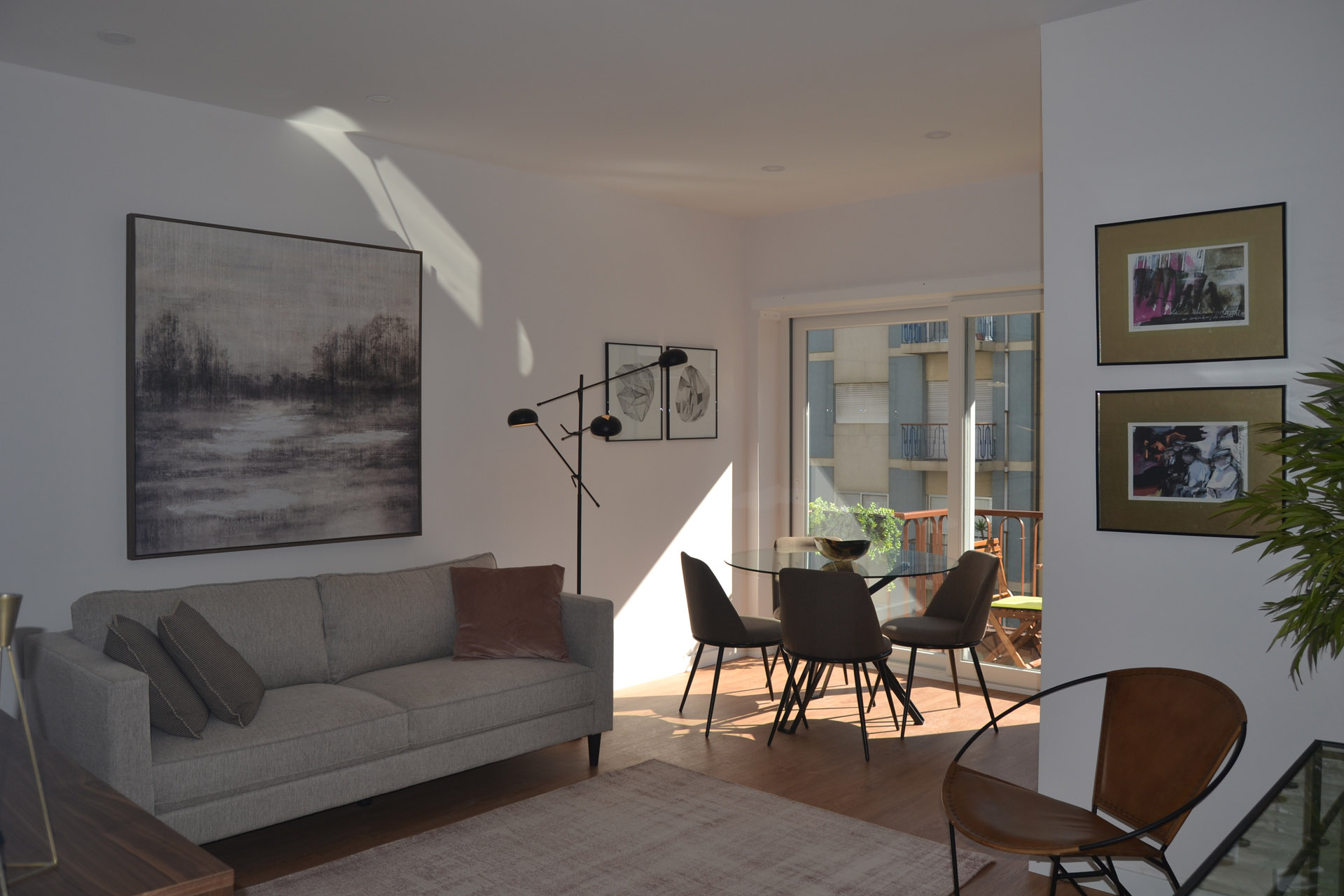Where Are We

Ponte de Lima
Ponte de Lima is a Portuguese village in the district of Viana do Castelo, in the North region and sub-region of Minho-Lima, with about 5125 inhabitants. It is characterized by its medieval architecture and the surrounding area, bathed by the River Lima. It is one of the oldest villages in Portugal. It was the Countess D. Teresa de Leão who, on the distant date of March 4, 1125, granted a charter to the town, referring to it as Terra de Ponte.
Porto
Called in the Roman period "Portus Cale", it was the city of Porto that originated the name to Portugal and where the country was formed. At the time, the city of Porto was only a small wall, where the Sé Cathedral is currently in. As the city grew, a new wall was built-up, named "muralhas fernandinas", which still have some archeological remains that is possible to visit even today.

Where Are We

Ponte de Lima
Ponte de Lima is a Portuguese village in the district of Viana do Castelo, in the North region and sub-region of Minho-Lima, with about 5125 inhabitants. It is characterized by its medieval architecture and the surrounding area, bathed by the River Lima. It is one of the oldest villages in Portugal. It was the Countess D. Teresa de Leão who, on the distant date of March 4, 1125, granted a charter to the town, referring to it as Terra de Ponte.

Porto
Called in the Roman period "Portus Cale", it was the city of Porto that originated the name to Portugal and where the country was formed. At the time, the city of Porto was only a small wall, where the Sé Cathedral is currently in. As the city grew, a new wall was built-up, named "muralhas fernandinas", which still have some archeological remains that is possible to visit even today.
Install the App from Carismarelax!
You will have access to all the information about us and our services, the points of interest to visit, where to eat, the city's agenda and much more!

 EN
EN  FR
FR  IT
IT  ES
ES  DE
DE  PT
PT 









